Whether you're applying for music school, showcasing your latest tracks, or need a website to vouch for your production skills, a strong music portfolio is essential for any modern musician. An online portfolio goes beyond the snippets of music you post on social media accounts - in many ways, your portfolio website serves as a digital representation of your music career thus far, enabling you to reach new heights.
Not sure where to start? Below, we have put together several music portfolio examples so that you can get inspired to build a website of your own. We'll also share some online resources to help you build your website from scratch and cover a couple of essential elements you'll want to include in your portfolio to make a great first impression.
Why You Need a Music Portfolio
An online music portfolio can serve as your gateway into the music industry, offering interested parties a glimpse into your backstory, similar to an EPK (a.k.a an electronic press kit). Here are a couple of scenarios in which you might need a music portfolio readily available:
Applying to Music School
When applying to an art school of any kind, most institutions will request a portfolio to sample your work. Each school will ask for different assets, so it's important to cater to each application individually. For example, check out the requirements suggested by the NYU Steinhardt School of Music :

This portfolio type will be radically different than what you use in the professional world for pitching and displaying your past work experience, but it's still equally important.
Pitching for Projects
Whether you're hoping to land your next score or work at a recording studio, you most definitely need a robust portfolio to speak to your skills as a composer, engineer, or musician. Think of your portfolio as your resume as an artist.
Building a Modern EPK
A music portfolio, in some ways, serves as an extended electronic press kit, giving fans, labels, and other industry folks a full picture of what you can offer as a musician. You might have a "link in bio" or EPK, but it's a good idea to have your own website that you can count on to display your creations in the way you intended, without having to worry about the mercy of algorithms.
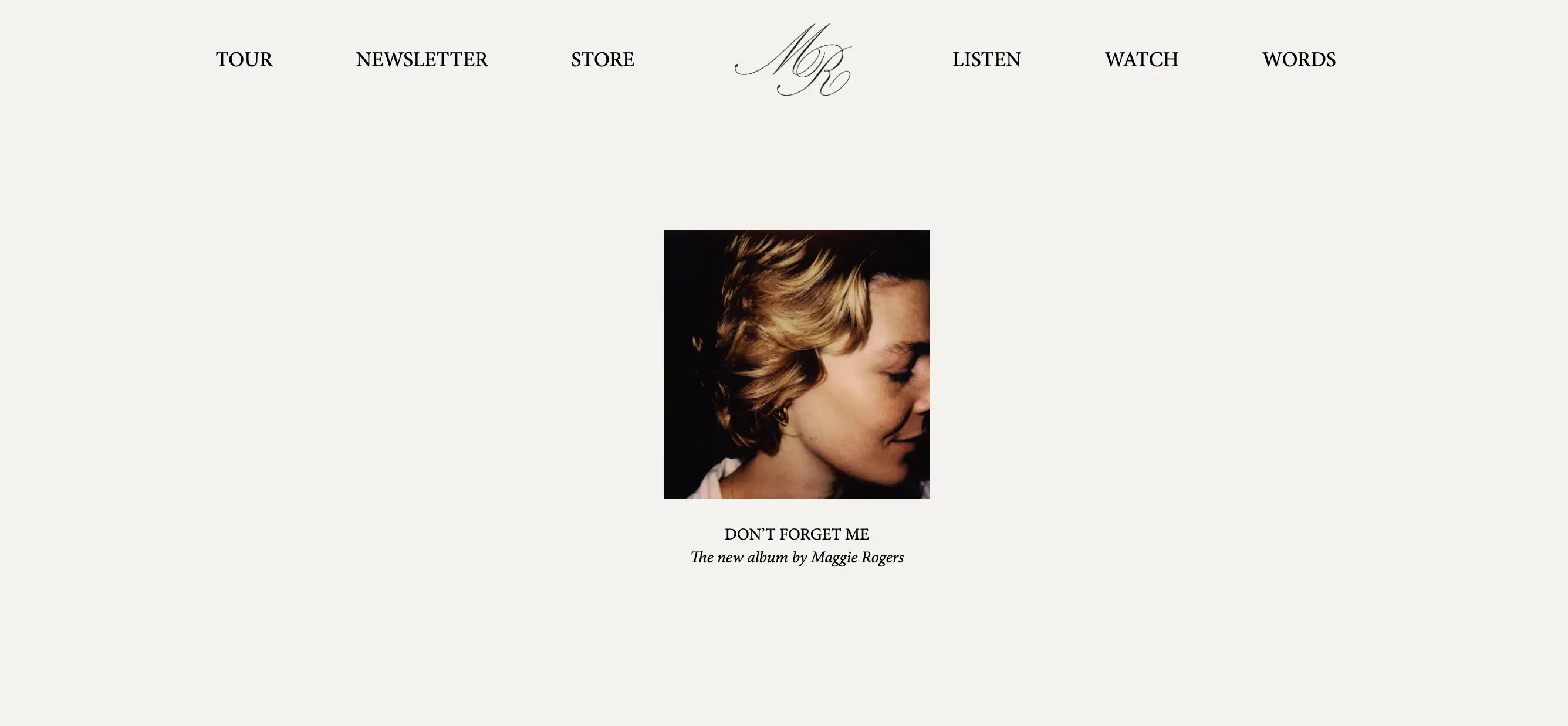
Get Inspired by These Music Portfolio Examples
Are you having a hard time picturing a strong music portfolio? Here are a couple of examples to spark inspiration
Simple Portfolio: I put these strategies to the test and created a basic website using the Adobe Portfolio tool mentioned below. This way, I can showcase my composing reel, audio engineering experience, as well as sponsored content I've created for audio brands.
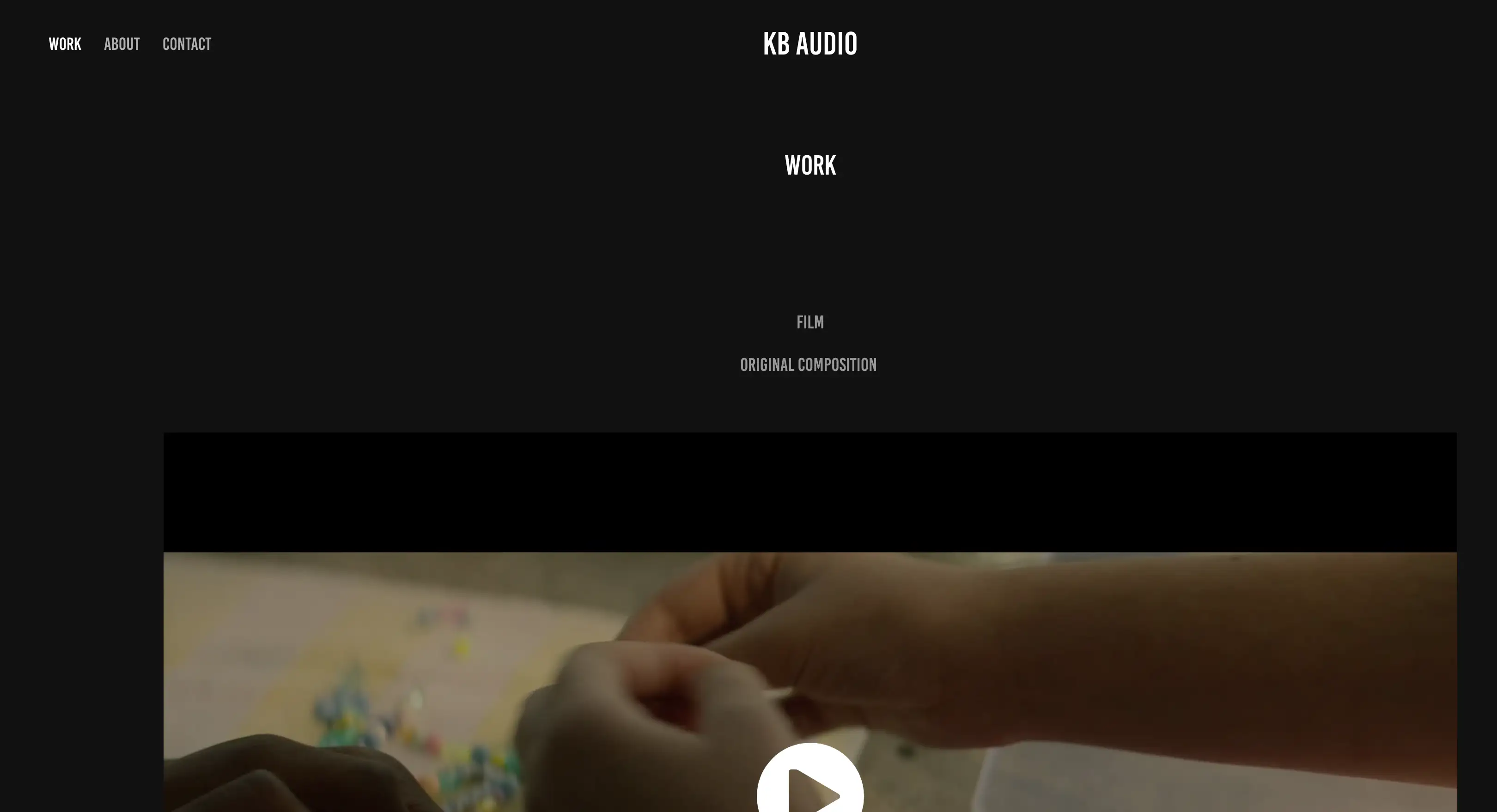
Multi-purpose: Multi-hyphenate musician Emile Mosseri dawns a basic but effective portfolio, showcasing his bio, live events, and most recent projects:
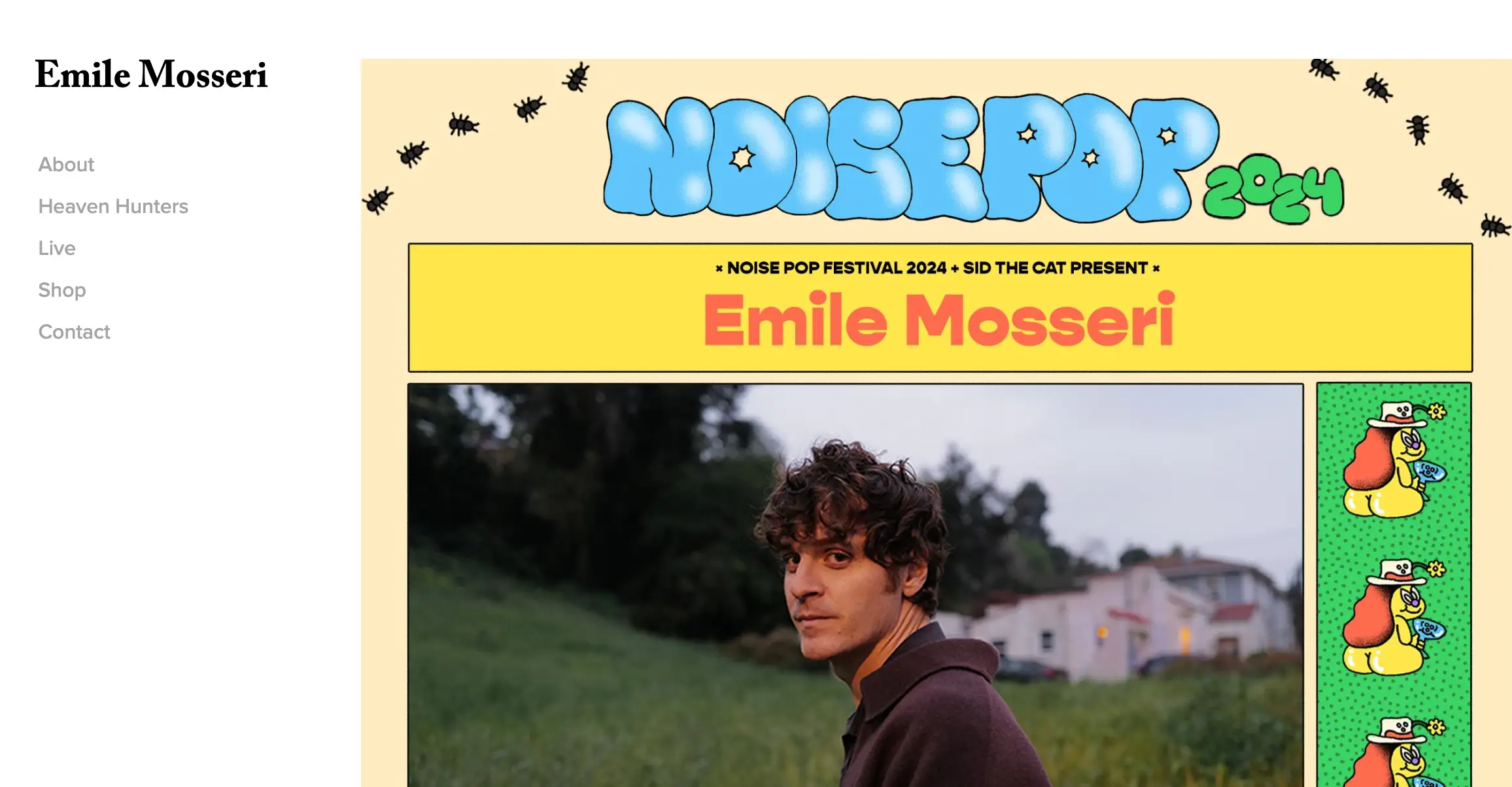
Composer: Accomplished composer Ariel Marx provides an excellent overview of her work, using high-contrast text to help her credits stand out on the page.
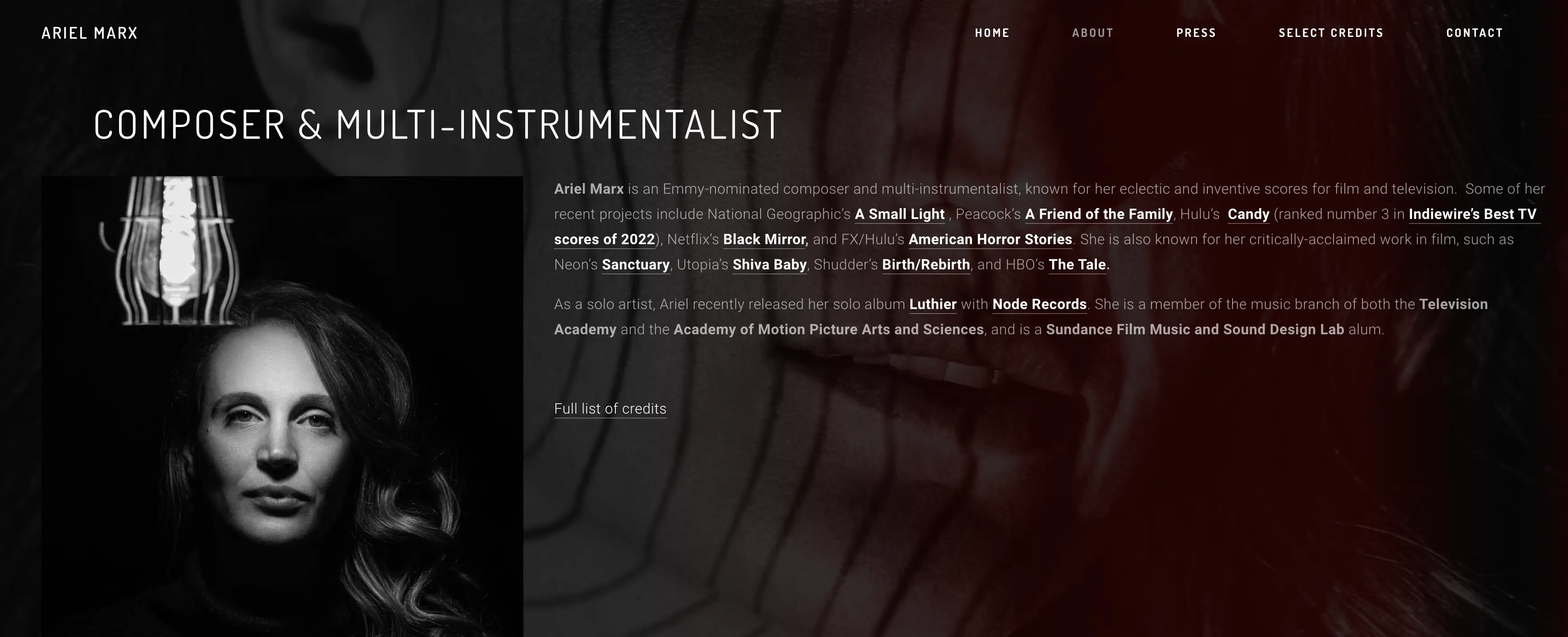
Artist: At a glance, you can quickly see that Yeule's artist portfolio website is visually striking, packed with their branding while still providing convenient access to all of their projects.

DJ: DJ Mary Droppinz does an excellent job of communicating her brand with visual imagery and clickable buttons to some of her most popular social profiles on Instagram and Twitch, where fans can find live streams of her work.
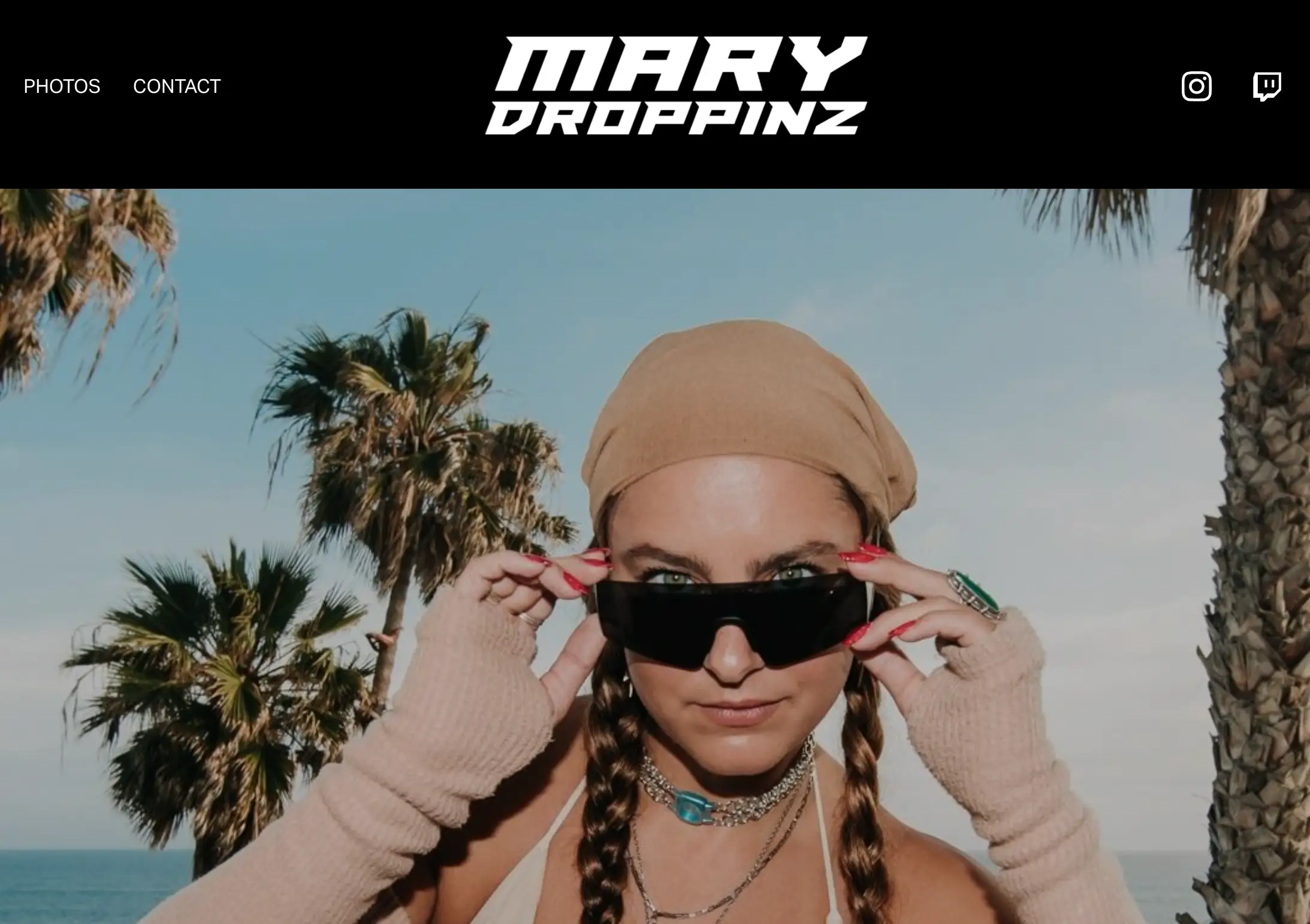
8 Key Components of a Great Music Portfolio
Here are all the elements you'll want to include when building your music portfolio. Note that you should still start building your portfolio, even if you haven't earned all of these assets yet . Some portfolio is certainly better than no portfolio whatsoever.
Videos/Reels
The more interactive your portfolio is, the better! Start your portfolio off with a strong video reel showcasing your compositions. Make your reel short and snappy, but be sure to include several different types of media to show your range as a musician. Check out this example of a composition reel:
Playlists of Your Work
If you're a composer, music producer, or songwriter with plenty of material, create and embed a streaming service playlist directly into your portfolio. This way, interested parties can see your flexibility at a glance and listen through your soundbites without navigating across several tabs.
Credits Page
Create a section dedicated to your credits, ideally with linked assets that interested parties can quickly scan to check out your work. Separate your credits by subcategory if you wear multiple hats.
Artist Bio
Put together a biography that summarizes your experience and goals as a musician. Be sure to point out any notable accolades and differentiate your genres or niches if possible.
Press Quotes
Few things are as powerful as a client testimonial, and scoring opportunities in the music industry is no exception to the rule. Get in the habit of asking your favorite clients for a simple review after a positive work experience - quotes and references are golden.
Live Dates and Other Commercial Work
Be sure to include any live performance dates past and present, along with any other commercial work examples, such as assisting in live sound at a venue or otherwise.
Contact Details
One of the main purposes behind a portfolio is to bring in new clients and fans. Make sure you have a contact page, submission form, as well as links to your social media profiles, and a newsletter sign-up portal if applicable.
Any Other Request From Potential Clients or Interested Parties
As mentioned above, any high education application will contain specific requests for a certain number of assets which should be included in your portfolio accordingly. Moreover, potential clients may ask for links to past examples of certain types of work.
5 Resources for Building a Music Portfolio Website
Building a strong portfolio is just a matter of gathering assets and putting together a compelling website. Here are a couple of popular options at different price points to take into consideration:
Wix
Wix is a free website builder that provides premium features at an additional cost. Regardless, you can use this intuitive platform to build a basic portfolio, drawing inspiration from one of the many templates.
Adobe's My Portfolio
Many creatives already have access to the Adobe Creative Cloud Suite. If you're part of this category, note that you can head to Adobe Portfolio to build up to 5 websites, included with your Creative Cloud Subscription.
Squarespace
If you're looking for a sleek, easy-to-build portfolio and have a bit of a budget, Squarespace is certainly worth considering. You can get a site up and running within a matter of minutes, thanks to Squarespace's professional themes that only take a few clicks to customize.
Linktree
In a pinch, a collection of social media links serves as an easy-to-access portfolio for anyone browsing your respective profiles. While not a substitute for a polished website, Linktr.ee is free and easy to customize.
Google Drive
Some college applications will frequently ask for a Google Drive or Dropbox folder to serve as a part of your application or portfolio. In this case, make sure all of your files are well labeled, and double-check your permissions before sending over your links.
Music Portfolio FAQ
Do you find yourself becoming stuck? Consider these commonly asked questions and answers to help you bridge the gap while you're building your website.
What is a portfolio in music?
Like in any other discipline, a portfolio offers a glimpse into an artist's best work, along with background information, booking information, and any past or upcoming performances. This portfolio can be used to pitch to different parties within the music industry or serve as a reference when applying to art school.
How do I make a musician portfolio?
You can make a musician portfolio by creating the individual assets mentioned in this article and compiling them within a website builder like Squarespace or Wix. You can use services like Google Drive and Linktree in a pinch, but a customized website certainly comes off as more professional.
What should be included in a music portfolio?
What you include in your portfolio will vary depending on your intended audience and what you have available. In most cases, you should aim to have video reels, playlists, listed credits, press quotes, an artist bio, and current contact information readily available as a solid foundation for your portfolio.
How do you format a music portfolio?
The way you format your music portfolio will depend on the use case, but generally speaking, you want to make it as simple as possible for viewers to play your audio tracks and experience your music. Video reels, playlists, and any interactive elements should be at the forefront of your portfolio.
Why is a music portfolio important?
Building a music portfolio is important for any musician since it provides a place for you to showcase your best creations and accolades all in one place. With all the content and ever-changing algorithms of social media accounts, you cannot depend on social media links alone to convey your expertise.
A music portfolio provides a dependable place to display your work and credits irrespective of any platforms' algorithms. Hopefully, this guide makes it easier for you to compile your career and package it into a stunning portfolio presentation for the music business and beyond. Enjoy highlighting your best work to further your trajectory as an artist and creative.





